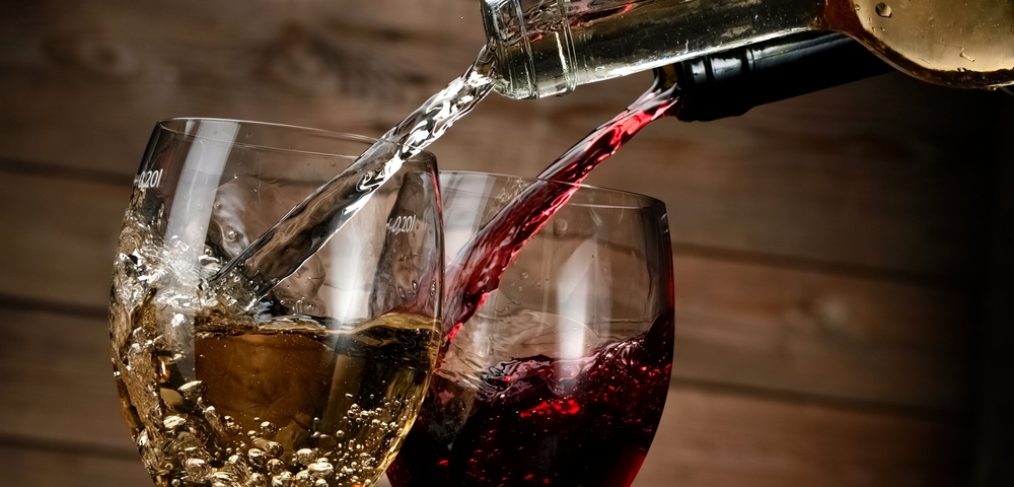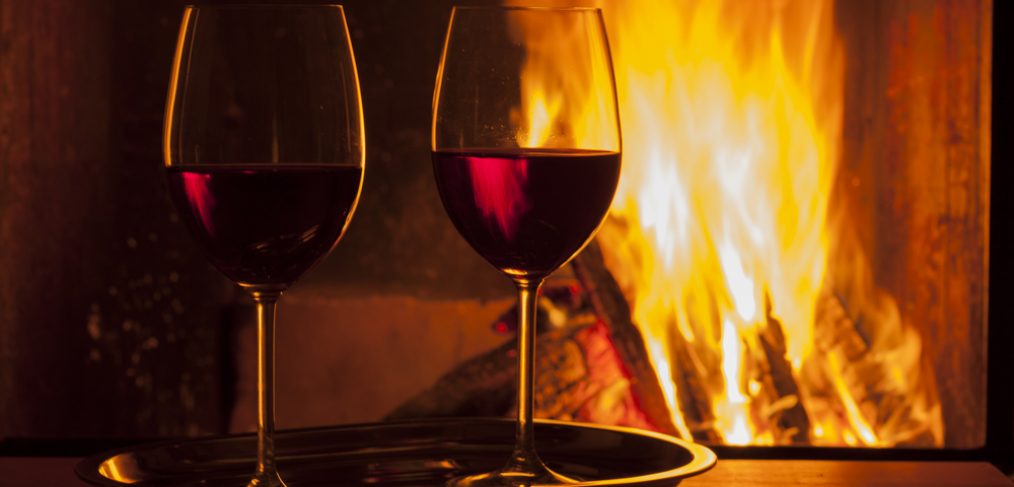The enjoyment of a great glass of wine is one of life’s simplest pleasures, though sometimes it may not seem simple to select your wine. Wines are available in so many varieties and have so many subtle, and not so subtle, differences that it can be downright overwhelming when you start to select wines. Often, when buying a Riesling or a Cabernet Sauvignon, you know what you are getting; which is wine produced using the Riesling or Cabernet Sauvignon grapes. But if you pick up a bottle with the word “varietal” on the label you may not be positive what it is that you’re choosing. Simply put, varietal means that the wine was produced using a specific wine grape. Further, in the United States, wine varietals indicate which grape is the dominant grape in the wine so that you have an idea of what flavor to expect. Some, but not all, bottles even include the percentages for every grape used in the blend. To make you more confident in your next wine purchase, Resveralife composed a guide to the most common wine varietals.
White Wines
Chardonnay – Wines produced using the Chardonnay grape are often medium to full bodied and complex. The most prominent notes in Chardonnays tend to be citrus fruits, melon, pineapples, peaches, butterscotch, butter and vanilla. There are other notes available such as apple, fig, pear, spice and hazelnut.
Riesling – With origins in Germany, Riesling is a grape that grows well in all wine districts. These wines are most typically fruity, fresh apple flavors are particularly prominent, and can be floral as well. Riesling ranges from dry to very sweet, with many having a semi-sweet taste with an acidity for balance.
Sauvignon Blanc – Sauvignon Blanc wines tend to be herbal and quite light. The herbal flavors often are reminiscent of grass or bell peppers. Sour fruits such as apple, pear and gooseberry or tropical fruits and blackcurrant, may also be present. Sauvignon Blanc wines tend to be crisp with a strong acidity.
Red Wines
Cabernet Sauvignon – One of the world’s most popular wines, Cabernet Sauvignons are full-bodied and complex. These wines tend to be a bit dry and firm. Flavors can range from currant, plum, black cherry and spice to olive, peppers, herbs, tobacco, vanilla and mint, to name a few. The oak barrels in which Cabernet Sauvignon wines are aged are responsible for vanilla or toasty cedar flavors the wine may have.
Pinot Noir – Another immensely popular red wine, Pinot Noir is fresh and delicate. These wines are smooth, rich and have soft tannins. The most prevalent notes of Pinot Noir wines are raisins with undertones of black cherry, raspberry and spice.
Merlot – Merlot is a supple and smooth wine with a round texture and very soft tannins. The popularity of this wine is caused by its ease of pairing (nearly anything can be paired with a Merlot) and its softness, which is not what one associates with many red wines. Wines produced using Merlot grapes feature cherry, black cherry, herbs, green olive and chocolate.
The wine selection process is a bit easier when you have a bit of background knowledge of common wine varietal. The label on a varietal wine will indicate which grape is the dominant grape in the blend, and may indicate the other grapes used as well. However, it is not required, and indeed it is illegal for a wine to label itself as a varietal is there is no dominant (75% or higher) grape used. When the word “varietal” is present on a label, it indicates what you can expect regarding flavor and finish. Branch out and try a different wine varietal for a new, and delicious, experience.





